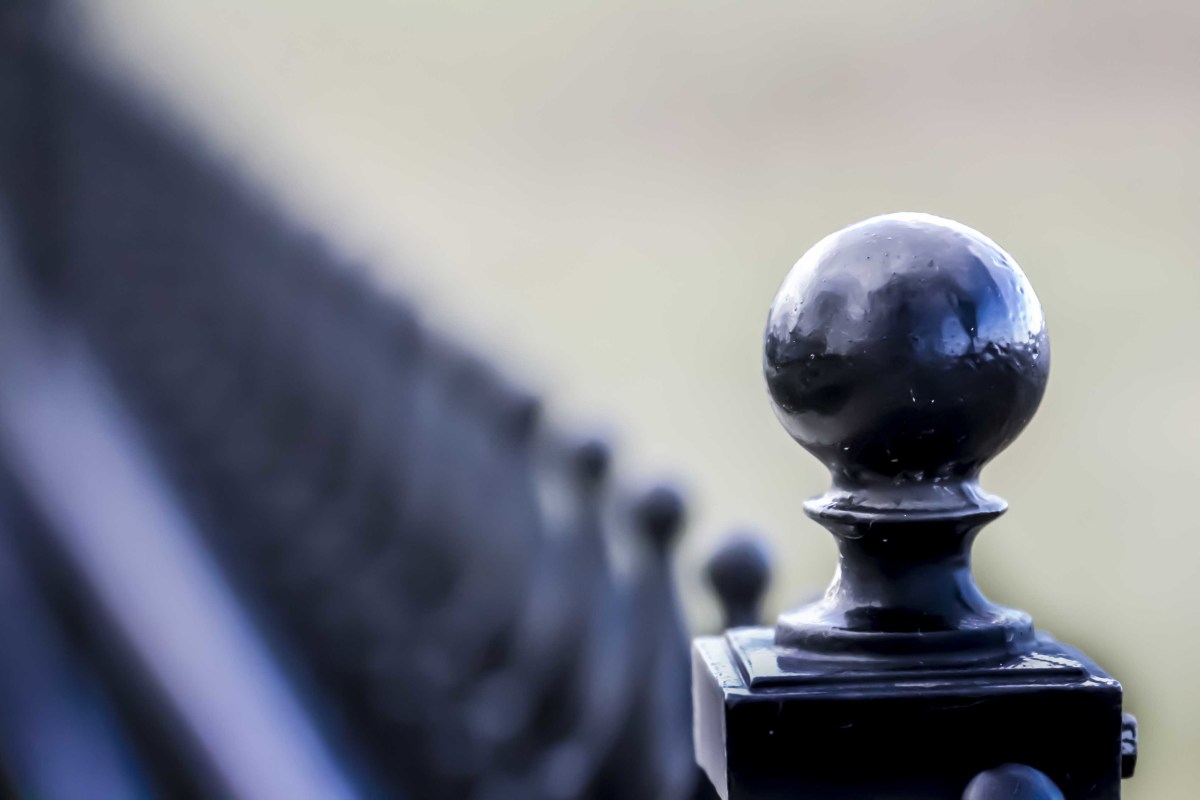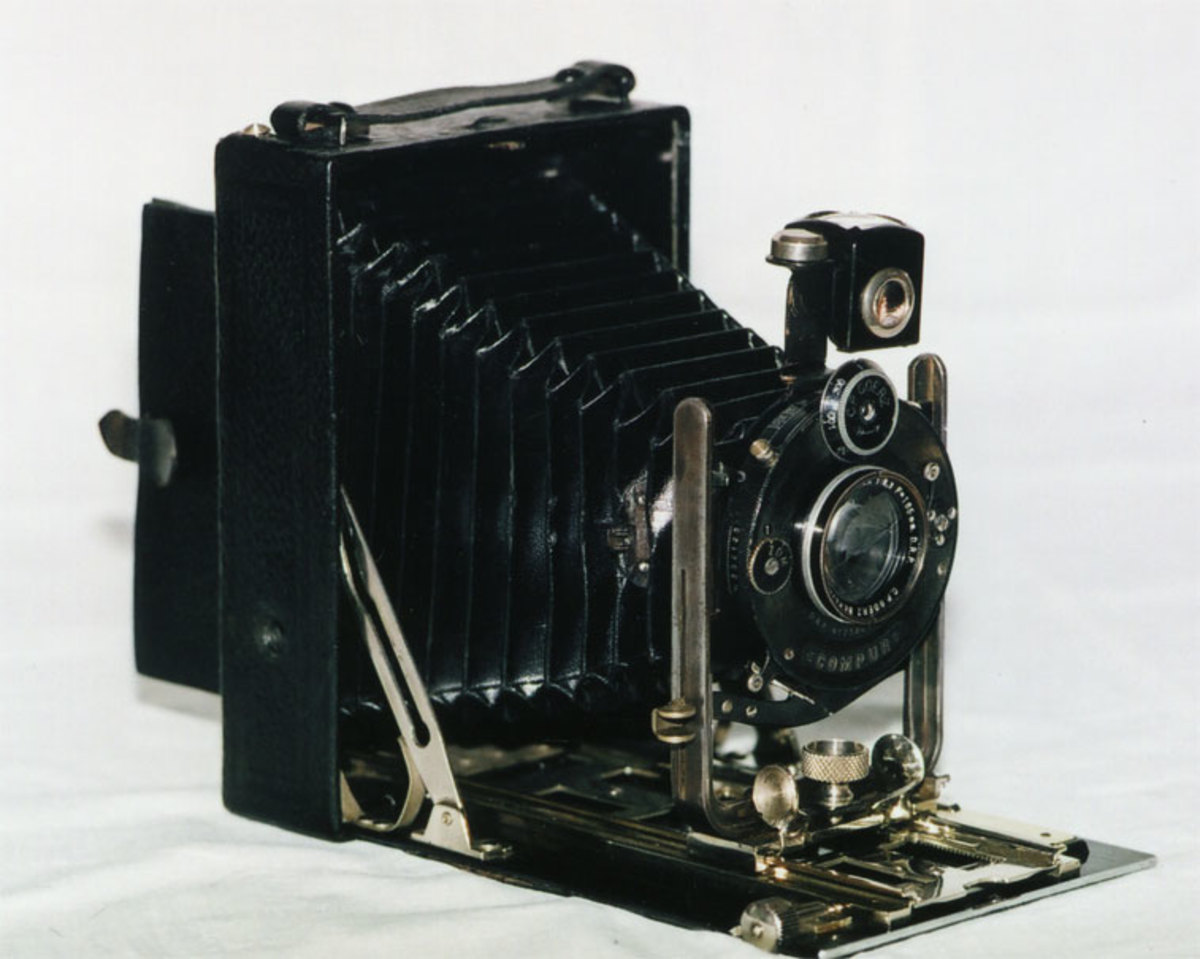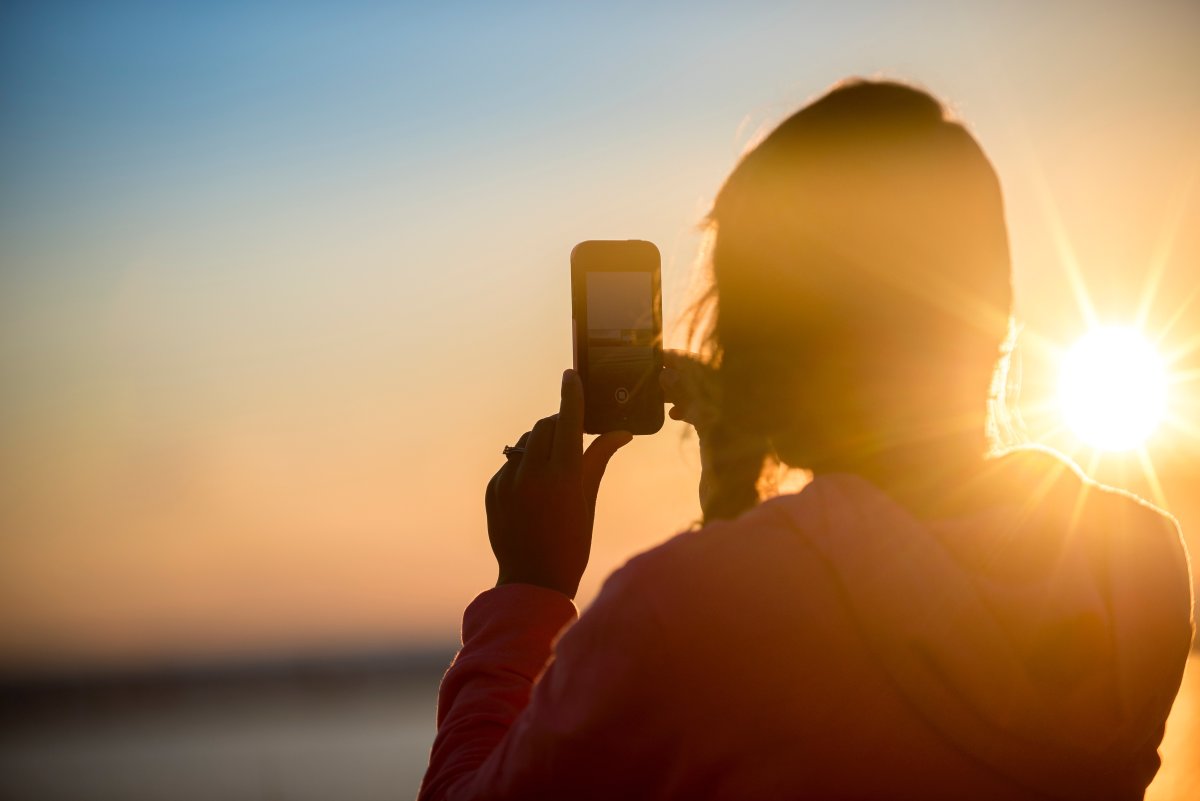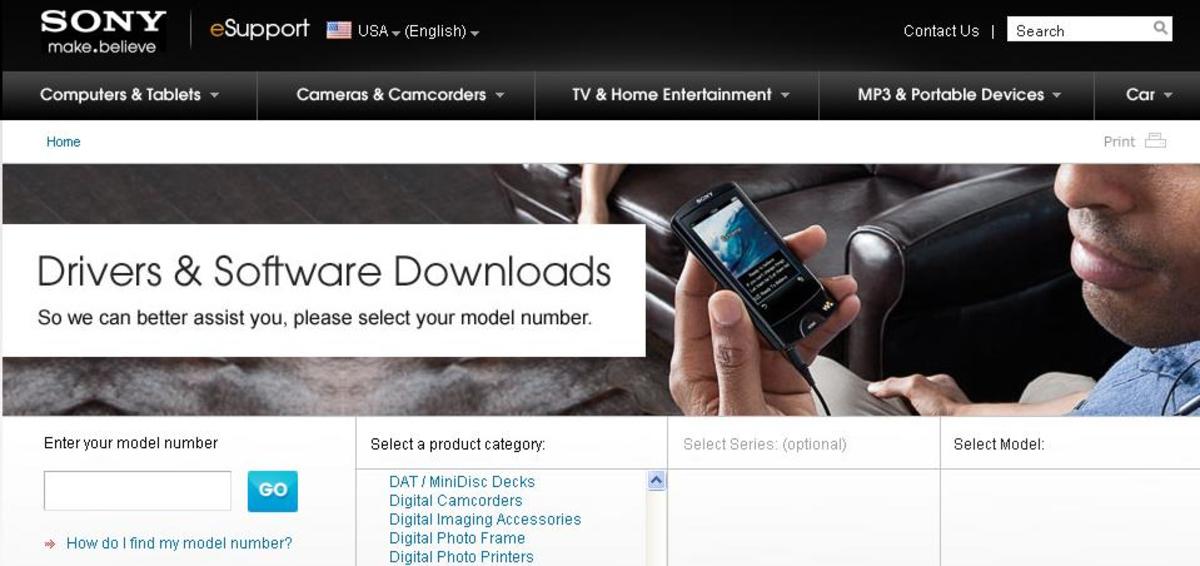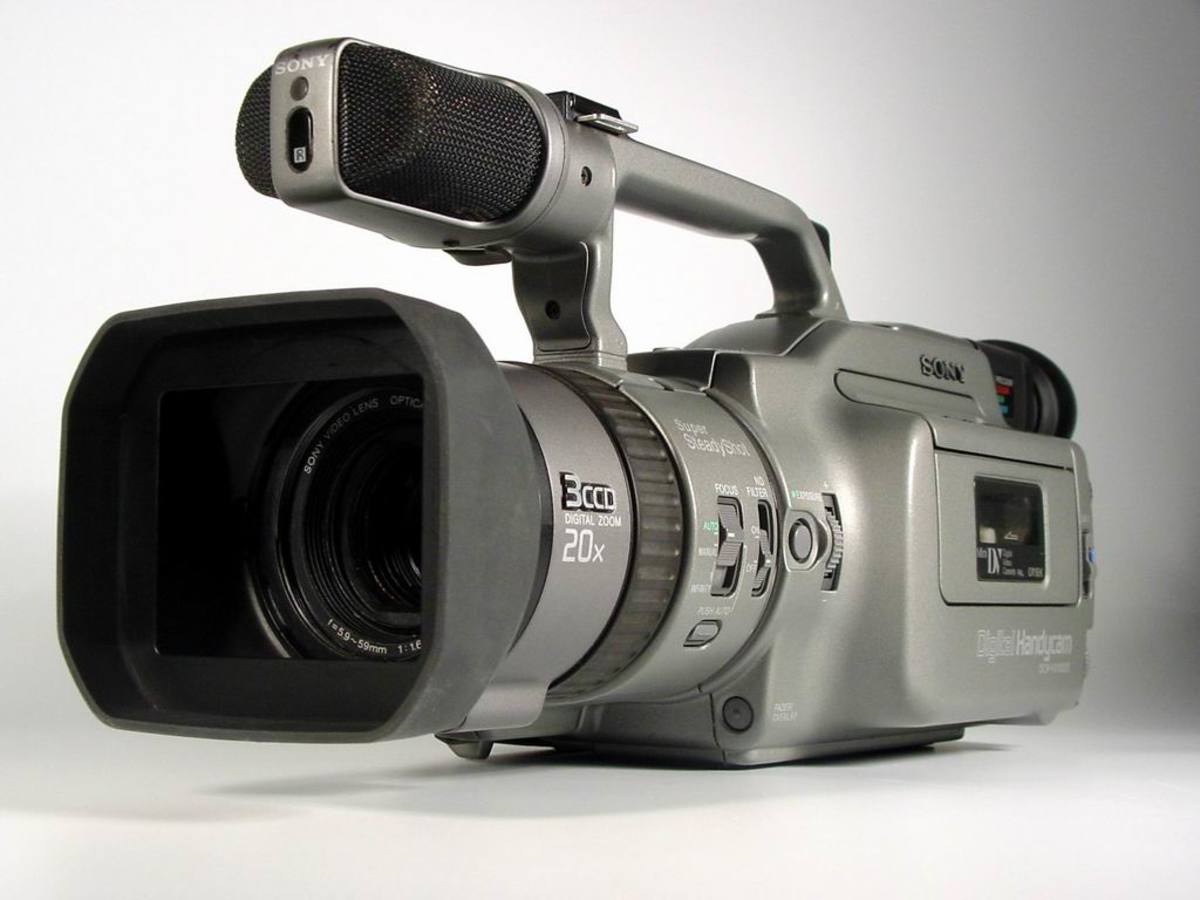- HubPages»
- Technology»
- Consumer Electronics & Personal Gadgets»
- Portable Electronics
A beginner's guide to buying the best camera?
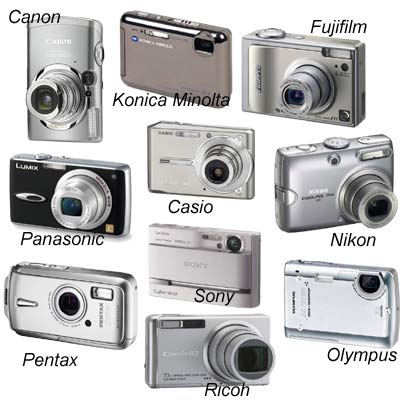
This is a question that I keep getting very often. It is not that I am up-to-date with cameras that are being released by the dozen into the market on a yearly basis by another dozen brands. It is not that I have some secret information or am able to procure discounts. This question is asked to me on a never-ending basis is due to two reasons:
1. I sport a huge Nikon D3 camera wherever I go, taking photos. ( So people assume that I must have a huge database of cameras in my head. After all, how can one own a big camera without having acquainted with all the cameras out there?)
2. The variety available among the cameras and their respective marketing campaigns are so strong that one is thoroughly confused at what to buy.
So, here I am writing on which is the best camera to buy. If you were expecting a one word or one statement answer, I deeply regret that I’ll be disappointing you. But here are some vital tips I have gathered through my 15 years of photography. If you have almost no idea about cameras and are still eager to buy one, please read on. These are the basics which will help you pick the right camera for you anywhere in the world and anytime in the future too.
Just remember, buying a camera is like buying a phone. It depends heavily on the needs and budget. Also remember that there are enough cameras out there to satisfy all needs and all budgets.
Here are the tips. They are arranged in an order which will make the buying process easier for you.
Stage 1 :
The budget forms the most important aspect. (Unless someone is gifting one for your birthday! Then, their budget becomes important!) This also becomes the deciding factor for whether you want an SLR camera or a non-SLR.
Now what are these?
In simple terms, an SLR camera is the one that comes with a separate body, separate lenses and a flash. A non-SL:R one is compact and has a built-in lens which cannot be changed. The former is usually much more expensive than the latter. While about $400-$500 (Rs. 20,000 - Rs.30,000) is enough to get a high-end, top of the class non-SLR camera, a basic model body of the SLR will cost that much. Then, you will have to spend on the lenses which can cost anywhere from $300 to $8000 (depending on what you wish to do). So, you see why budget is important to be determined beforehand.
If you are looking to get serious in photography, then the SLR camera is a must but that is the topic of another hub.
Stage 2 :
Whether you choose to buy a non-SLR or the SLR, the next stage is the confusing part. In both the kinds of cameras, in every price-range there is a mind-boggling plethora. My personal experience is that among the little ones, the Canon cameras score over most of the others. Among the SLR giants, I prefer the Nikon (and that is why I have them - a D90, a D200 and a D3). But again, these we shall discuss at other times. Here are the basic points to keep in mind while buying a camera. (This is directed towards the non-SLR cameras. For SLR, a whole lot of other considerations kick in which we shall discuss in another article.)
The megapixel myth
Marketers lure you with the amazing megapixels their cameras contain. They say things like,
“Why do you go for a 10 MP camera when we offer you a 12 MP one at the same price?” First let us understand the pixels. The pixel is the smallest unit that can capture information. So, more the pixels, greater the information captured. However, these pixels are loaded on a sensor. The sensor size is also important. For instance, my Nikon D90 is 12.9 MP while my Nikon D3 is only 12.1MP. However, while the D90 has a sensor measuring 23.6mm x 15.8mm, the D3’s sensor measures 36mm x 24mm. Packing greater number of pixels on a smaller sensor makes the light-performance of the D90 much below that of the D3.
The practical implication of this is that while considering megapixels, one should also check on the sensor size. Larger sensor size is always preferable. Again, most of us want cameras to shoot images for our pleasure and collection. At best, we may make a 30 inches by 40 inches blowup for a wall. For such photography, a 6MP camera will do great. ( I have got many amazing shots with my Nikon D70 which is about 6.3MP).
Going a little deeper - when more pixels have to be packed, the pixel size in itself is reduced. This means, each pixel receives less light compared to a larger pixel on a camera of same specifications but with a bigger sensor. (As they have smaller surface area.)Thus, to produce photos of same exposure or light intensity, the shutter of the camera has to open for longer times so that more light can be absorbed by the smaller pixels. This makes the camera ‘slower’ as it needs more time to absorb the 'photon rain' or light. Images tend to become shaky and blurry.
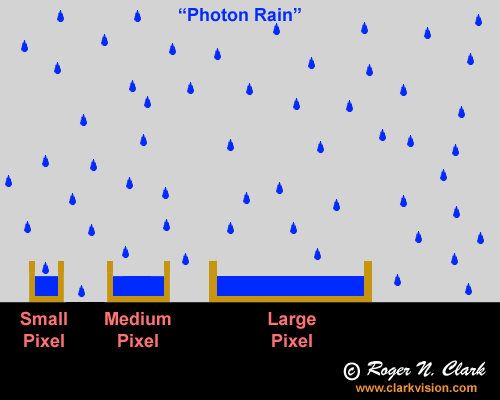
The verdict - Almost no difference between a 12 MP or 10 MP small camera. That is why the manufacturer offers those extra pixels for no cost! See other specifications (like sensor size) and price.
The ISO performance:
The ISO is a measure of the sensitivity of the camera to light. Basically, a higher ISO setting implies higher sensitivity. Now, almost all the cameras offer the choice of selecting the ISO to the user. The general idea is to use higher ISO value when the light is low ( as in a room in the evening or outdoors at night.) Here is a catch - the camera performance and photo quality reduce at higher ISO values and the pictures become grainy and noisy. However, different cameras have different extents of degradation. The ISO becomes very important because 50 percent of the photography I do is in sub-average light. (Unless you plan to shoot everything outdoors and during the day alone.)
You better check out the ISO performance of the camera before you purchase it. Some marketers will try to convince you by saying,
“The ISO performance may be low but the camera has a good flash which will provide light.”
Remember, a photograph taken in natural light looks natural and one taken in artificial light looks artificial - as simple as that. Moreover, even the most powerful of flashes have a range. (This is about 4 meters at best.) So, flash is no compensation for a good ISO performance.
Formats supported:
Find out whether the camera supports a RAW format (which is an uncompressed format unlike JPEG). In this format, it is possible to retain all the information at the time of taking a photograph. This information can then be processed by software to obtain the best possible results. This means, one can postpone the decision of the best settings for taking a particular photograph to a later time. It reduces the tension about various settings during shooting. (However, there are only some settings that can be changed in a RAW format image. That we shall discuss someplace else.)
Know that if your camera does not support the RAW format, you will be making a big sacrifice on your versatility, flexibility and ability to think through and produce masterclass images.
Zoom:
Here is another feature with which the buyer gets fooled. The marketer says,
“This camera is amazing. It has 12x zoom.”
Well, this means that the camera provides 12 times magnification. But more important is the fact whether the zoom is optical or digital. If it is digital, you should find out what the optical zoom is.
What is the big difference? It is a BIG DIFFERENCE.
Suppose you have a 6MP camera. This means that for every photograph it takes, the camera allots 6 million pixels. Now imagine, you want to zoom in and take a close-up of only the face of a person instead of his whole body. Let us say we achieve this with a 6x zoom. How would it differ if it is optical or digital zoom?
In optical zoom, the camera allots the 6 million pixels to the face. In digital zoom, the camera allots the same number of pixels to the whole body and displays only the face after cropping or chopping the photograph! In short, digital zoom is a cheat which can be done with softwares on a system also. Digital zoom reduces the quality of the image.
Image Stabilization:
This is like the suspension or shock-absorbers of a vehicle. Sometimes, the images get blurred due to minute shakes or vibrations of an untrained hand. Even a trained hand is shaky when shooting at slow speeds. To avoid this, there is the Image Stabilization or Vibration Reduction that cameras offer. This will definitely raise the price of the camera but will be a good feature to ensure sharper and crisper images.
Other very important features:
Without going into the complete details, let me state some other features that you should look out for. Remember, these features are to be looked into after the above ones are satisfied. The features given below are NOT MORE IMPORTANT than the ones listed above.
1. It is good if the camera has an option for manual focus.
2. Your shooting gets more comfortable if the camera has a live viewer on it.
3. It is good if the camera has a flash.
4. Battery life and battery type. Cameras which live on AA batteries would be preferred over specialized batteries (which are costlier to replace and need specialized chargers)
Conclusion:
That should give you a fair idea about choosing your camera. More importantly, you should by now know what are the features that matter and what are the fluff and the bells/whistles that the marketer is offering you. These first two stages are very important when you are buying a camera. Hope this helped. More on photography to come soon.
Photographers and wannabe photographers must also visit:
© 2012 Aravind Balasubramanya

